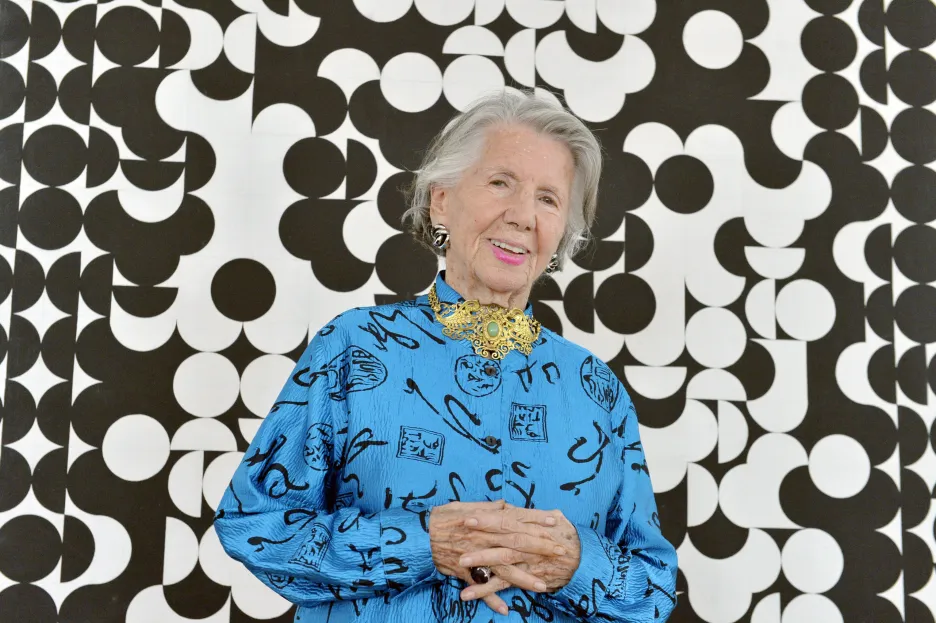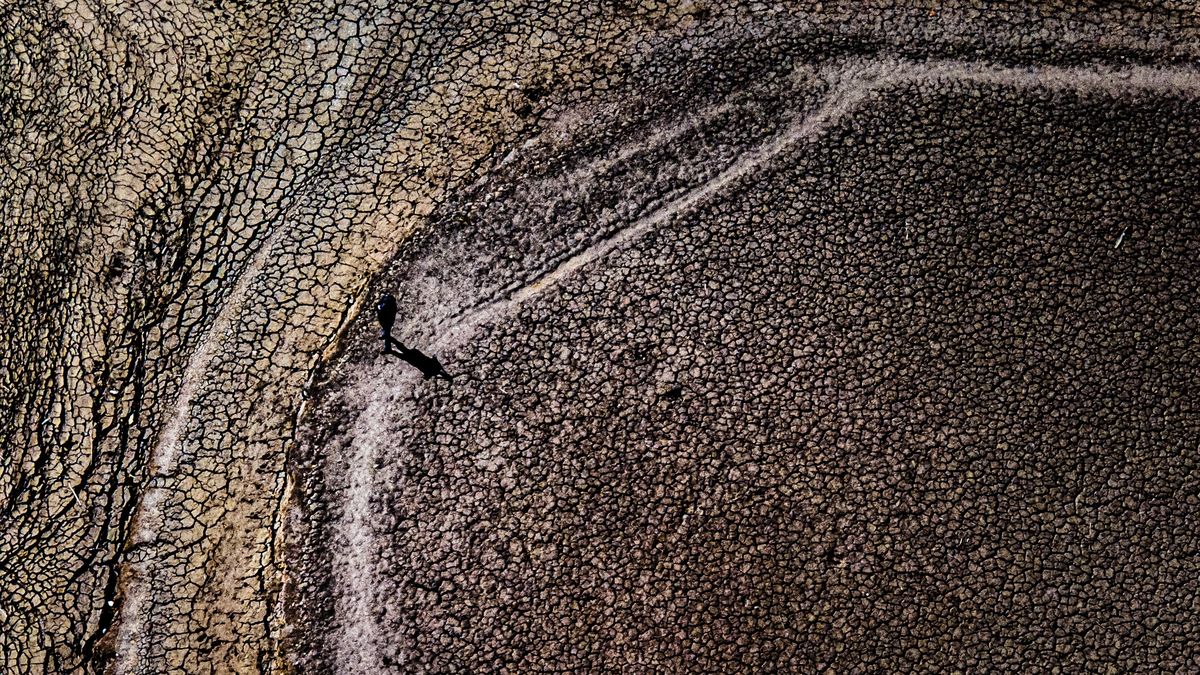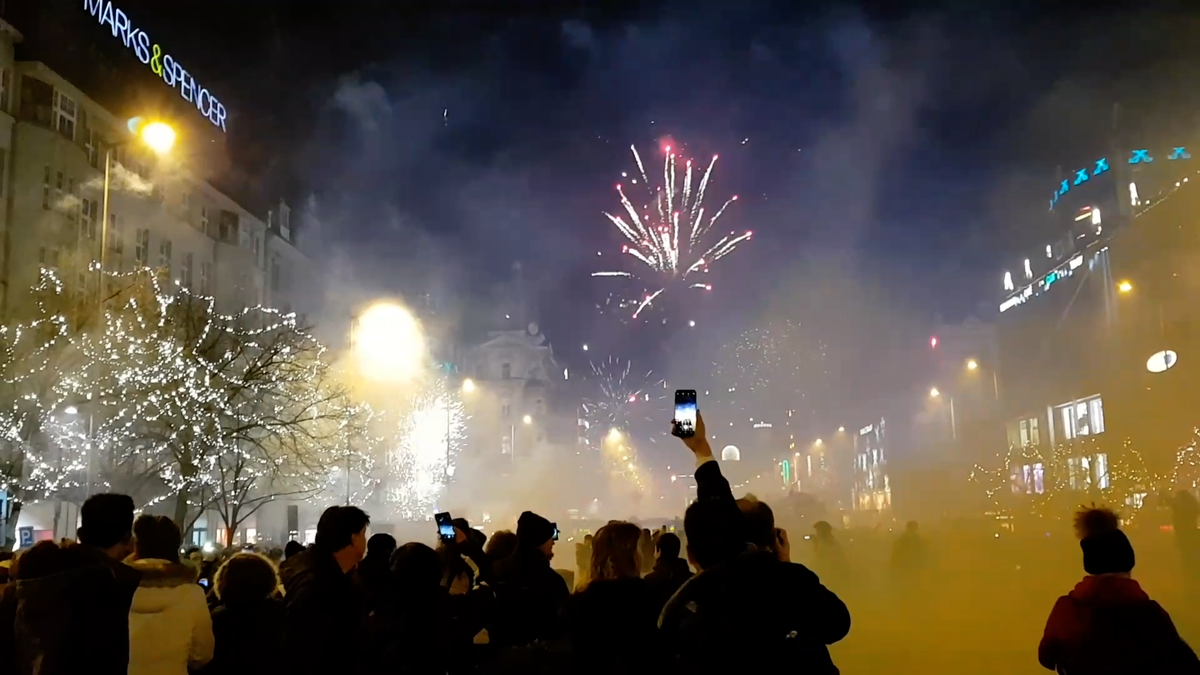Meda Mládková died in the early hours of the morning, said the chairman of the foundation’s board of directors, Jiří Pospíšil (TOP 09). “All his life he believed in the idea: ‘If the culture survives, the nation will survive’ and this idea will remain after him,” he added.
He last appeared in public on his 99th birthday, later resigned due to his deteriorating health and did not leave. After breaking his neck, he moved with difficulty and lived in his apartment in Kampa, where, according to Pospíšil, he also died. “She was one of the most important women in our modern history and her passing is a great loss for all of us,” added Pospíšil.
Culture Minister Martin Baxa (ODS) described Mládková as an extraordinary person with a strong will and firm belief in what he does. “The imprint he leaves not only on Czech culture is incredible,” he wrote on Twitter. According to the mayor of Prague Zdeněk Hřib (Pirates), the capital lost an important honorary citizen with the death of Meda Mládková. “But his legacy will live on in the work he created,” he had no doubts.
Troops of Destiny: František Kupka and Jan Mládek
“When a biography of her was published in America in the 1970s, the author described her as a woman who looked for opportunities where others saw problems. She partly had that energy in her and partly decided to lead a non-boring life,” says journalist Ondřej Kundra about Meda Mládková, who also wrote a biography of the patron. She also points out that Mládková is pursuing her goals at a time when it is difficult for women to make careers of themselves.
She was born on September 8, 1919 in Zákupy in the Eskolipsko region in the family of the director of a local brewery as Marie Sokolová. After the school’s closure during the Second World War, he joined the koda director at Hradec Králové as a clerk. From 1948 he lived in exile, going to Switzerland to study economics. In France, where he later lived for seven years, he met two men of destiny – the painter František Kupka and the economist Jan Mládek.
She met her future husband through the publisher Sokolova Edition, which she founded in Paris and where she published, among other things, Ferdinand Peroutka’s articles and a book about Toyen. “I wanted to show what kind of culture we have in Czechoslovakia and that we are an educated nation,” he explained.
Jan Mládek contributed to the publisher’s activities, but according to Mládková only a little, so he personally visited him and asked for a larger donation. He didn’t fight back. “It took me three years to convince her that I was the best woman for her,” she told Jan Kraus on a talk show. With one of the first governors of the International Monetary Fund, he traveled the world.
They buy to help
Throughout his life abroad, first in Europe and finally in the United States, he helped his compatriots. Mládek’s house in Washington became a kind of alternative salon for Czechoslovakia, where politicians, artists, intellectuals and public figures met. “My husband taught me patriotism. We want to help artists, we don’t want to make collections. We just bought them so we can help them,” she later explained.
Thanks to him, František Kupka’s name became world famous. He discovered Czech painters in the 1950s in a studio on the outskirts of Paris. In the following years, the Mládeks family managed to purchase more than two hundred Kupka paintings. “What I did for Kupka, I think, he didn’t expect. He hoped, he said thank you, thank you, you are my life, but I don’t think he can imagine what I did for Kupka. I should be proud of that.” he explained.
According to Pospíšil, the meeting with Kupka was also fatal for Mládková. Although he studied art history in Paris, he really became passionate about art only after he found a Czech painter. “At that time, he decided to do everything so that František Kupka, who was at the end of his life, became a famous artist,” says Pospíšil.
He helps art through the desired curtain
In the United States, Mládek supported Czechoslovak artists who were unable to exhibit at the time. In the 1960s, Meda Mládková began visiting Czechoslovakia, recommending art from behind the Iron Curtain to world galleries or buying it herself.
“Artists like Stanislav Kolíbal or Adriena imotová would make big drawers, the Communists of course didn’t promote. He bought their stuff and gave them the energy to keep creating. For me, maybe that was a bigger reward than František Kupka’s promotion.” Kundra added.
He also persuaded the Ford Foundation in the United States to provide scholarships for Czechoslovak students and artists. “That was our only concern at the time. This necessity of his life was manifested in the field of art,” said Pospíšil.
Kampa Museum has won
After the death of her husband Jan Mládek in August 1989, Mládková donated her entire collection to Prague at her request. He returned to the capital after the revolution. “I don’t know where to say where I have a home. I’m not an emigrant, that’s a big difference, I was exiled. “I never wanted to live in America, I always wanted to come back, like my husband did,” she admits.
The Czech-American woman, who said what she thought, came up with a clear vision – to rebuild the Sova factory into a museum. Disputes with the authorities over the appearance of the building lasted for years. “The fight was tough, long, there were differences of opinion about what the museum was like, but I think it was also what prolonged his life, because he had other big goals that he wanted to achieve,” said Ondřej Kundra.
For example, the glass cube that he wanted to place on the stairs of the tower was problematic. The artifact extends beyond the roof of the building and, according to conservationists, changes the panoramic view of the Small Town. In the end, Mládková was assisted by the then Minister of Culture Pavel Dostál. The museum opened in the fall of 2003. “As I walked past the museum, I wondered how I could do it by throwing a stick at my feet. Even so, I won,” he says.

“Certified bacon geek. Evil social media fanatic. Music practitioner. Communicator.”







